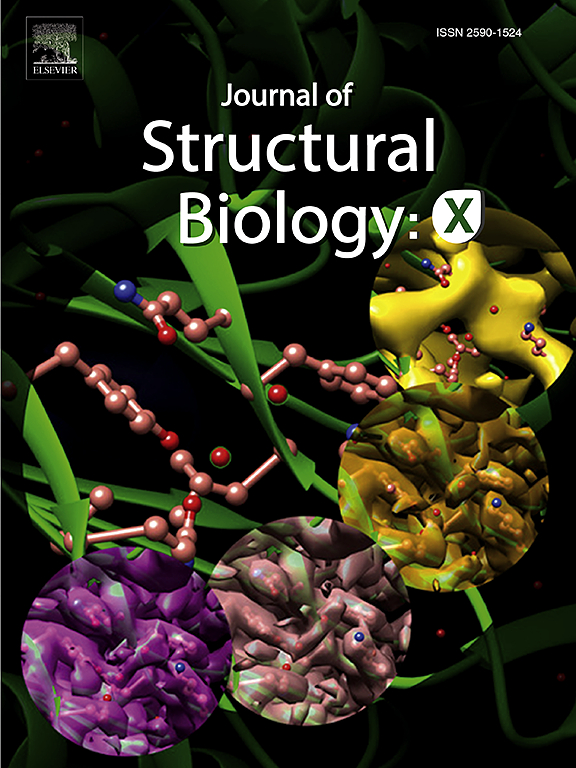Computational Engineering of siderocalin to modulate its binding affinity to the antihypertension drug candesartan
IF 2.7
3区 生物学
Q3 BIOCHEMISTRY & MOLECULAR BIOLOGY
引用次数: 0
Abstract
Lipocalin family proteins have been shown to bind a vast array of small molecules and have subsequently been adapted to selectively bind specific ligands. In this study, candesartan, an antihypertension drug, was identified to bind mouse and human siderocalin in biomolecular NMR experiments, allowing for structural insights into the candesartan-siderocalin interaction. The ligand binding site was determined through an integrative structural biology approach using in silico ligand docking guided by NMR experiments. Building on this structurally informed binding model, we used rational protein design to modulate the binding pocket for increased or decreased ligand binding affinity. The predicted mutations were evaluated in vitro using isothermal titration calorimetry. This resulted in a mutant with a 50-fold increase in binding affinity in addition to a second mutant with a five-fold decrease in binding affinity. Thus, siderocalins have potential as a scaffold for creation of various ligand binding-based tools, including drug scavengers.

铁苷调节其与抗高血压药物坎地沙坦结合亲和力的计算工程。
脂钙蛋白家族蛋白已被证明可以结合大量的小分子,并随后被适应于选择性地结合特定的配体。在这项研究中,坎地沙坦,一种抗高血压药物,在生物分子核磁共振实验中被鉴定为与小鼠和人的铁苷酸结合,允许对坎地沙坦-铁苷酸相互作用的结构见解。通过核磁共振实验指导下的硅配体对接综合结构生物学方法确定配体结合位点。在这个结构知情的结合模型的基础上,我们使用合理的蛋白质设计来调节结合口袋,以增加或减少配体的结合亲和力。预测的突变在体外用等温滴定量热法进行评估。这导致一个突变体的结合亲和力增加了50倍,而另一个突变体的结合亲和力降低了5倍。因此,铁钙蛋白有潜力作为一种支架来创造各种基于配体结合的工具,包括药物清除剂。
本文章由计算机程序翻译,如有差异,请以英文原文为准。
求助全文
约1分钟内获得全文
求助全文
来源期刊

Journal of structural biology
生物-生化与分子生物学
CiteScore
6.30
自引率
3.30%
发文量
88
审稿时长
65 days
期刊介绍:
Journal of Structural Biology (JSB) has an open access mirror journal, the Journal of Structural Biology: X (JSBX), sharing the same aims and scope, editorial team, submission system and rigorous peer review. Since both journals share the same editorial system, you may submit your manuscript via either journal homepage. You will be prompted during submission (and revision) to choose in which to publish your article. The editors and reviewers are not aware of the choice you made until the article has been published online. JSB and JSBX publish papers dealing with the structural analysis of living material at every level of organization by all methods that lead to an understanding of biological function in terms of molecular and supermolecular structure.
Techniques covered include:
• Light microscopy including confocal microscopy
• All types of electron microscopy
• X-ray diffraction
• Nuclear magnetic resonance
• Scanning force microscopy, scanning probe microscopy, and tunneling microscopy
• Digital image processing
• Computational insights into structure
 求助内容:
求助内容: 应助结果提醒方式:
应助结果提醒方式:


